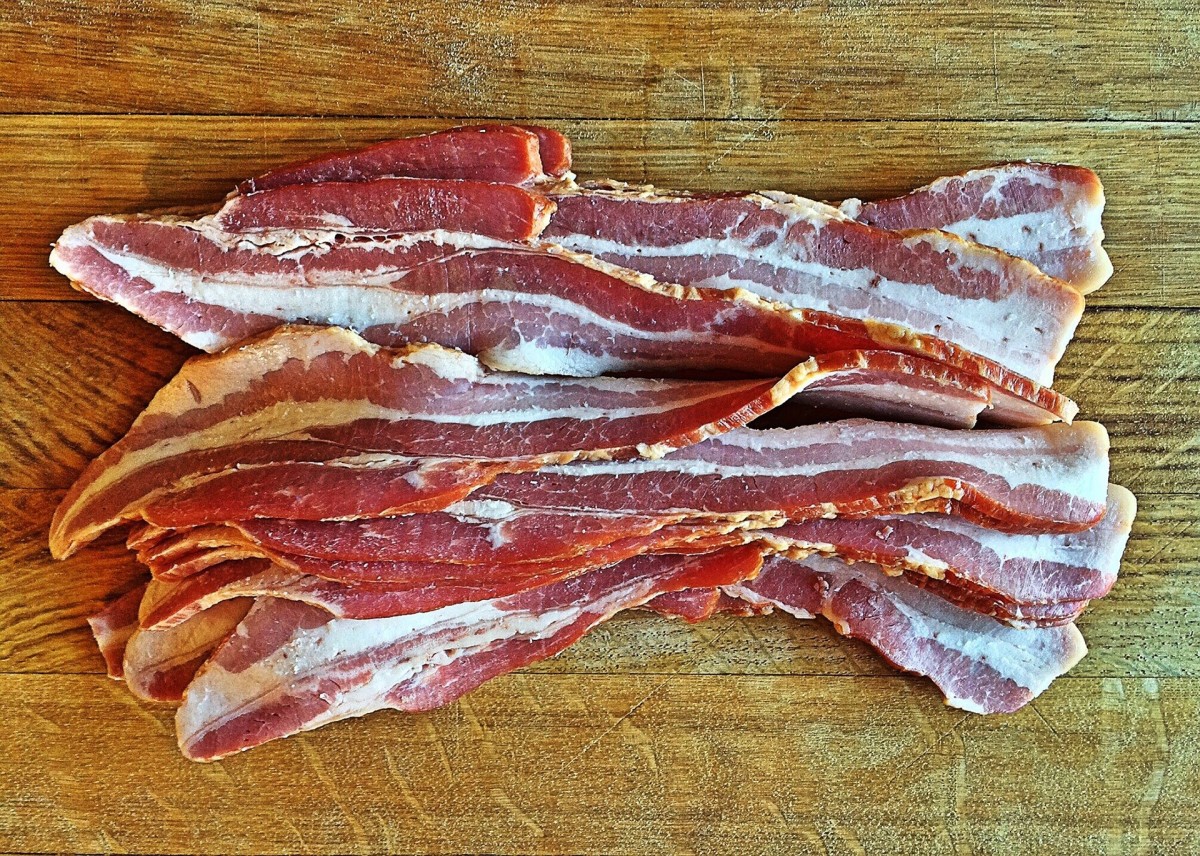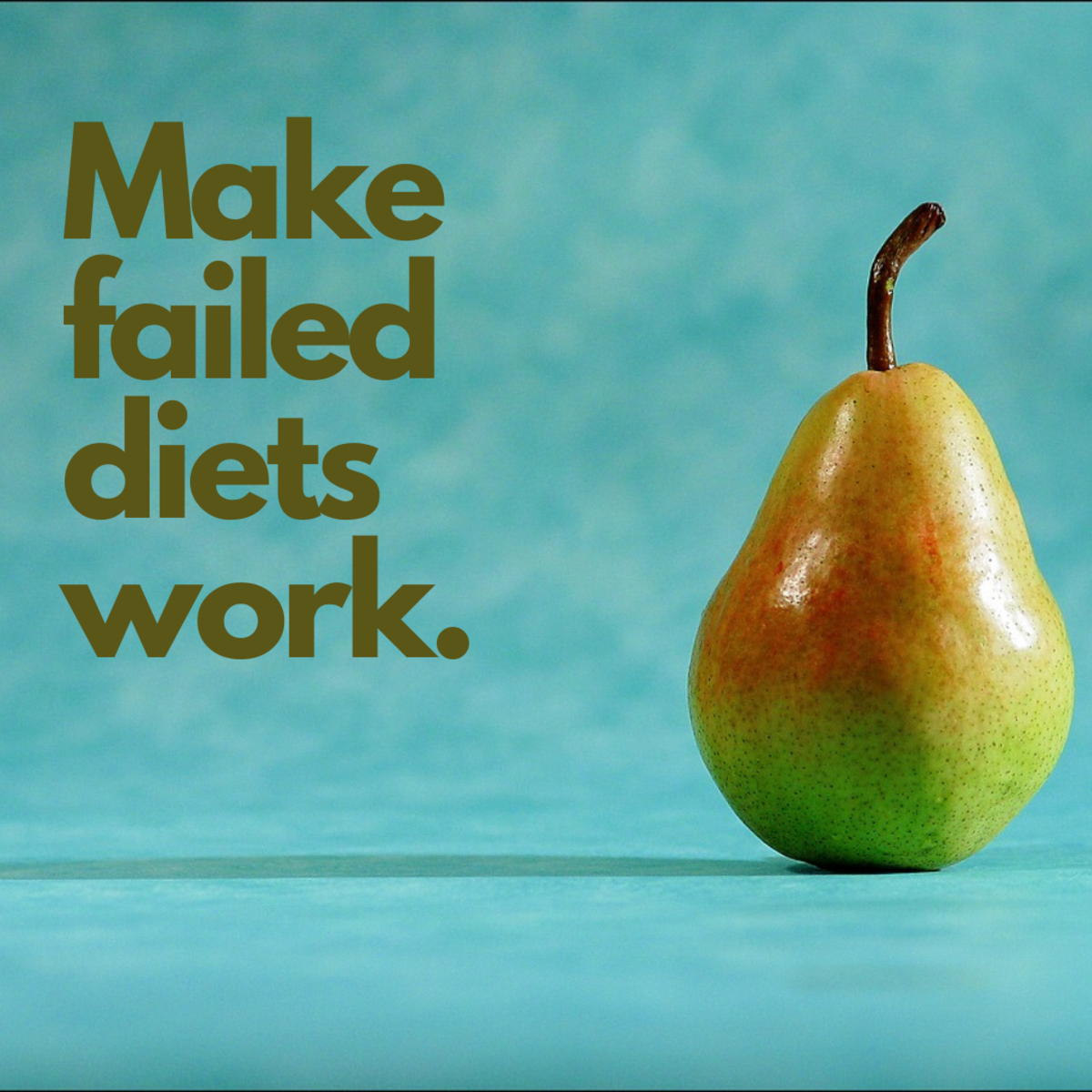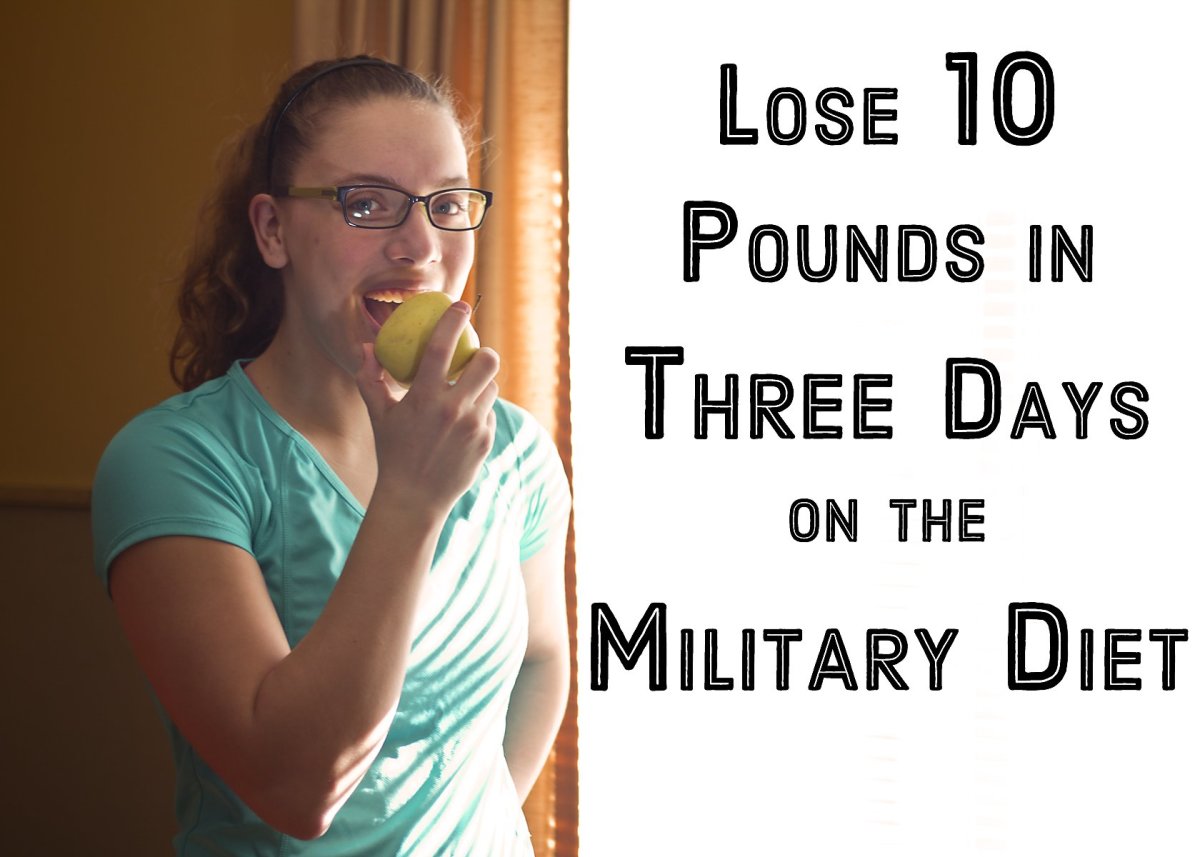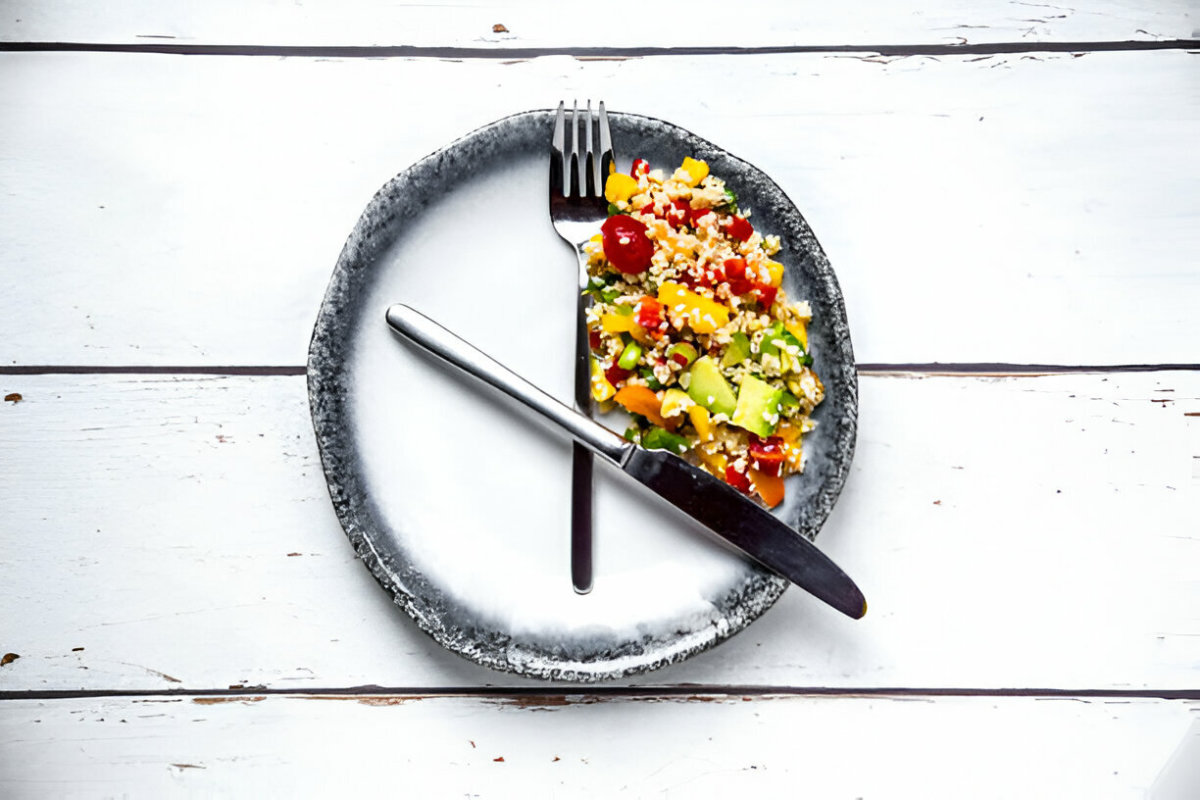3 Easy Ways to Add Protein to Your Diet
3 Easy Methods of Adding Protein to your Diet
We have come up with 3 easy methods of adding protein to your diet. Protein plays a vital role when it comes to making our body cells perform their duties. You might not know it, but your skin, nails, hair, bones, muscles and other specific organs in your body are all made up of protein. The lack of it gives a high possibility of body malformation and malfunction with inadequate nutrients and vitamins thereby causing you to be weak and unhealthy.
Protein is the building block of the human cell which consists of amino acids that in return serve as building blocks for protein. Either way, both are dependent on each other to properly achieve a healthy nutritious body.
Here are 3 easy methods of adding protein to your diet regardless if you want to lose those bulging fats, build muscle or just be plain healthy. Yes, you read it right. Your protein intake, depending on your goal, can be your springboard to well-curved body and healthy appetite. It works by burning your fats while maintain all those necessary muscles that you need, gives you the feeling of being full and satisfied, and burns the most calories with the most amount of protein intake. Read below and let your daily protein dietary plan guide you through.
There are 3 easy methods of adding protein to your diet. These are the following:
1. Increase your meat intake and high-protein food consumption.
There are various types of meats out in the market but lean meats are the best source of protein. While consumption of non-lean meat might cause cardiovascular diseases, lean meats, on the other hand, have high protein content while having low levels in calories and in fats. Adding meat servings in a specific meal will increase your daily protein intake by seven grams.
Turkey breast, skinless chicken, red meat and fish like tuna are all considered as lean meats.
Proteins can either be complete and non-complete. Lean meats and other animal sources are considered as complete protein while joining the list of the non-complete ones are plant foods such as vegetables, beans and grains. Depending on the type of protein consumption, each can be combined to complement the other thus completing the amount of protein required.
Vegetables that are high in proteins are broccoli and other green leafy foods while grains can be in the form of rice, barley, oats and whole grain breads. Bean, peas and most of soy products also make an excellent protein source.
2. Go Nuts…literally.
This is probably, the easiest and one of the most affordable ways of eating protein. Nuts, though they appear so common, are in fact where proteins are concentrated. It gives you a feeling of being full thereby curbing your food intake and substantially contributes to your daily protein dietary plan. Nuts might contain saturated and unsaturated fat so it is relatively important that you carefully choose the right nuts to consume.
Example of high-protein nuts are cashews, macadamia nuts, walnuts, Brazilian nuts, pine nuts and the most popular of all, the almonds. These nuts are not only rich in protein but are also a great source of Vitamins A, E, zinc, iron, and omega-3 fatty acids.
3. Go Crazy over Dairy.
Dairy products might be debatable as to whether it provides healthy protein or just soaks our body over all those saturated fats they contain. However, options have been laid out and seems like dairy products can be low fat or fat free converted.
Dairy products, as the last to our 3 easiest methods of adding up protein to your diet, may consist of yogurt, milk, cheese and eggs. Eggs, though high in cholesterol, can be healthily consumed by separating the yolks from the egg whites and just eating the latter. The right milk comes in a powdered form while cheese means exploring its wide variety as you end up to the less fattening ones. These can either be the spring or cottage cheese. Dairy products are also recognized as high energy-yielding produce.
Proteins are body building molecules that repair the body and make it equipped for the day. It eliminates damaged tissues and produces the nutrients that your body needs to be a healthy well-functioned being. It is your shield when your body gets sick or weakened and works as your immune system responders. Therefore, the lack of it makes your cells fight against your body.
The amount of protein intake you need for a day varies depending on your goal but mostly, it is determined in relation to your sex, age, weight, and situations. Feel free to check with your dietician for proper assessment or you might want to check online protein calculators and its indicated formula. Follow your dietary plan with these 3 easiest methods of adding protein to your diet.








